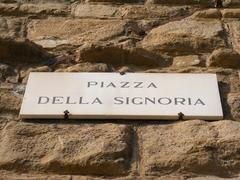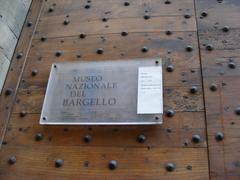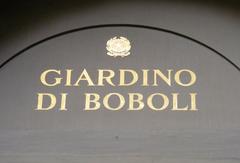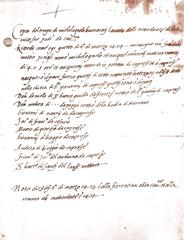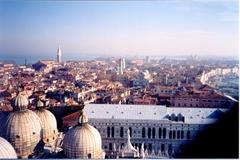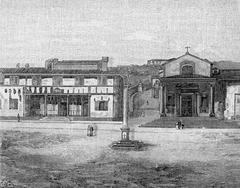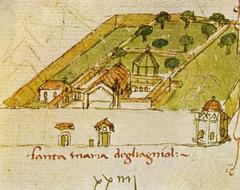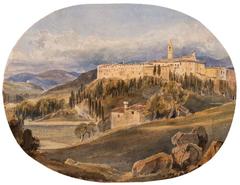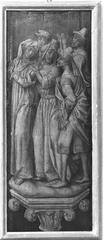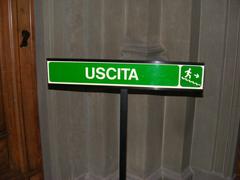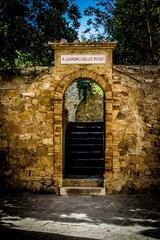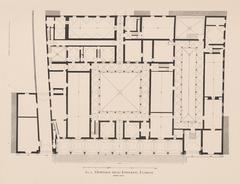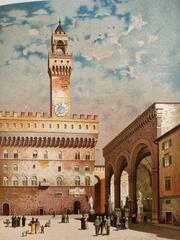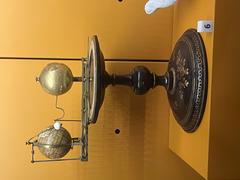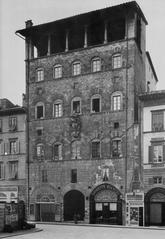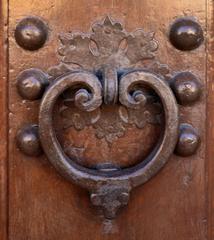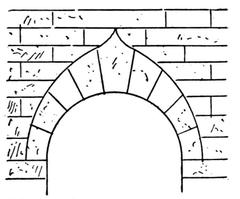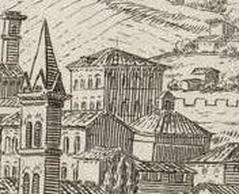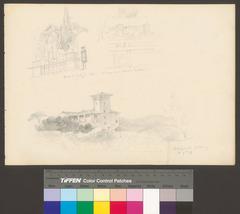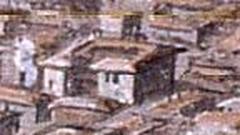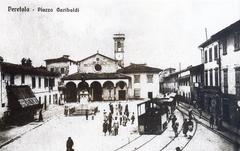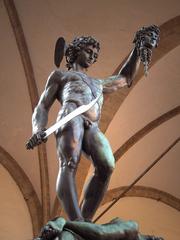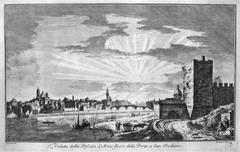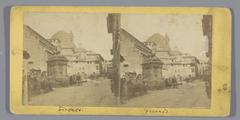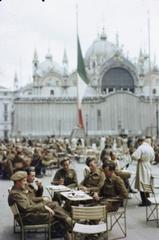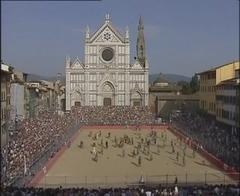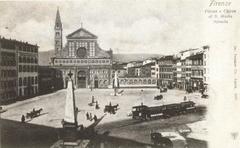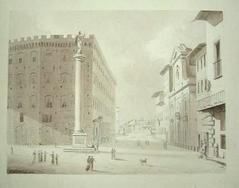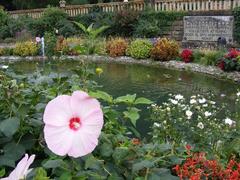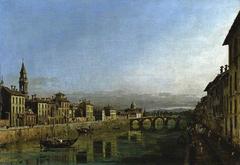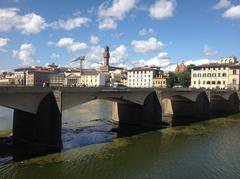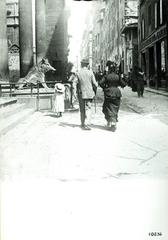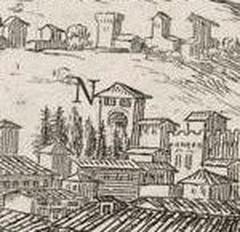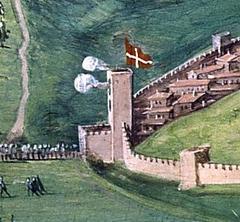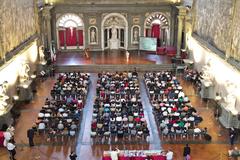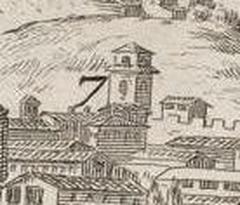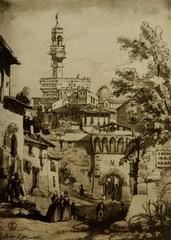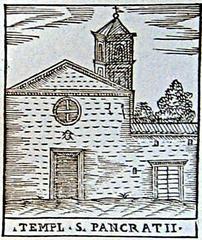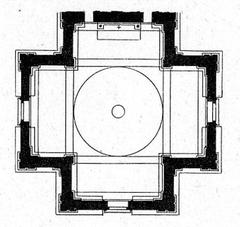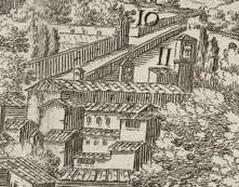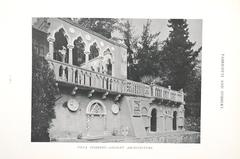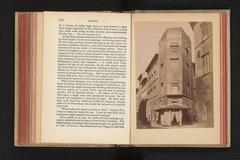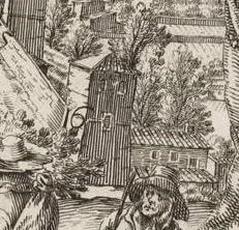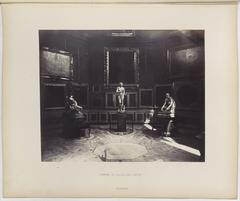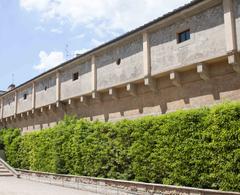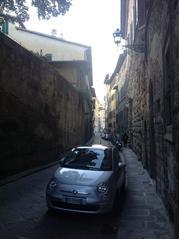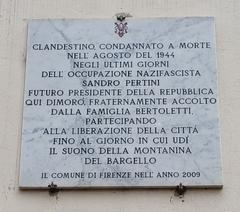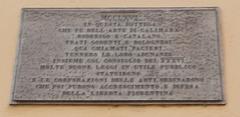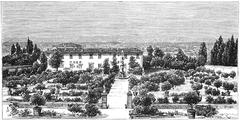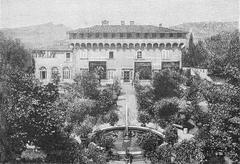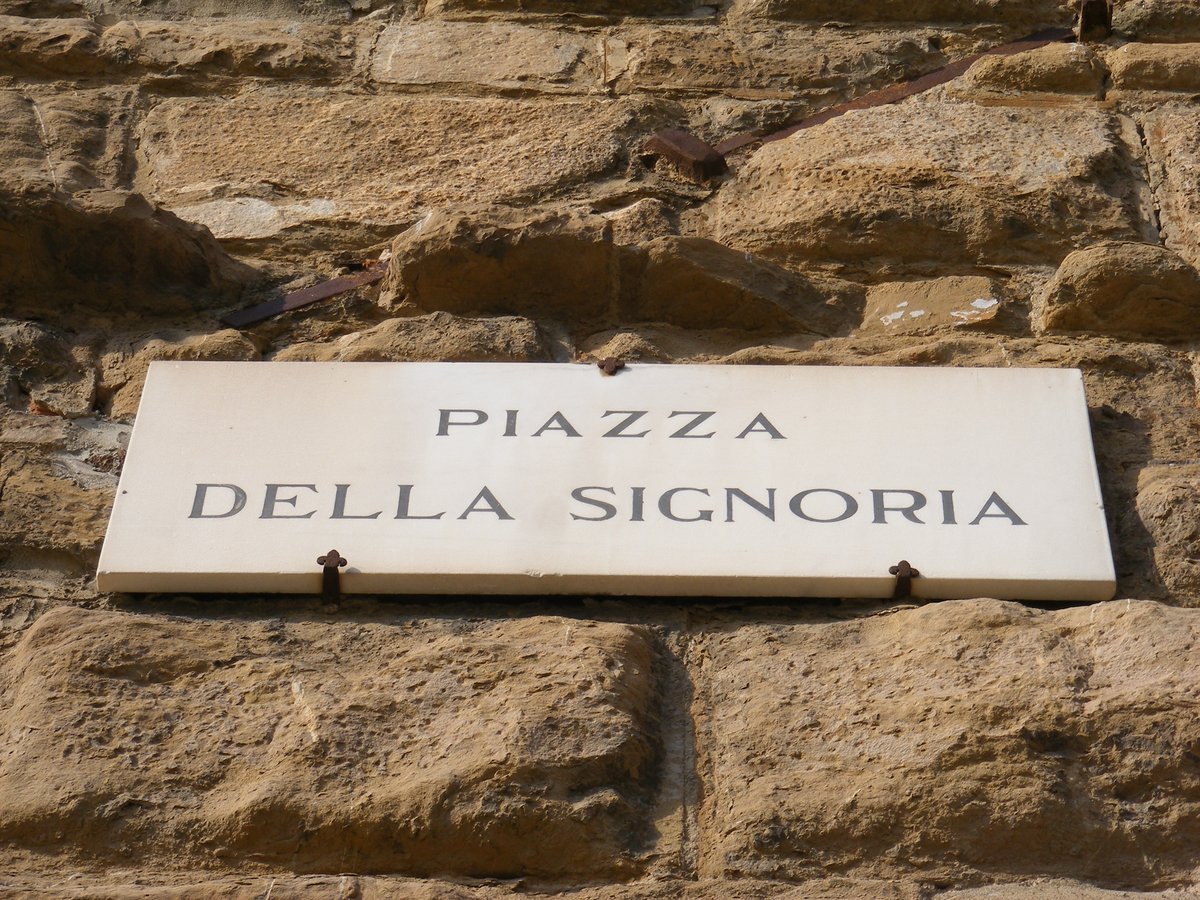
Visiting Piazza della Signoria: History, Tips, and What to See
Date: 18/08/2024
Introduction
Piazza della Signoria is Florence’s most iconic public square—a vibrant crossroads of art, history, and culture. From its origins as an ancient Roman forum to its role as the heartbeat of Florentine political life, the square offers an immersive journey through centuries of triumph, turmoil, and artistic achievement. This guide covers the history, essential attractions, visitor tips, and nearby highlights to help you make the most of your visit to this unforgettable Florentine landmark. (Florence Wise, Visit Florence)
Table of Contents
- Introduction
- Historical Overview
- Visitor Information
- Main Attractions
- Nearby Highlights
- Events & Festivals
- Photography Tips
- FAQ
- Conclusion
- References
Historical Overview
Ancient Roman Origins
The site of Piazza della Signoria was first developed as a Roman forum, the central hub for social, commercial, and political activities in Florentia. Archaeological digs have revealed Roman-era remains, including a theatre and bathhouses, indicating the square’s continuous importance to civic life since the 1st century CE. (Florence Wise)
Medieval and Renaissance Transformations
In the late 13th century, political conflict between the Guelphs and Ghibellines led the victorious Guelphs to raze enemy homes and permanently alter the area’s urban fabric—creating the square’s irregular, L-shaped outline. The construction of the Palazzo Vecchio (originally Palazzo della Signoria) in 1299 cemented the piazza’s role as Florence’s administrative and political core. (Florence Wise, Visual Arts Cork)
Medici Power and Political Turmoil
As Florence entered the Renaissance, the Medici family rose to power, sponsoring grand architectural and artistic projects around the piazza. The square witnessed dramatic events such as the “Bonfire of the Vanities” led by the Dominican friar Girolamo Savonarola in 1497, and his subsequent execution the following year. A marble plaque on the square marks the exact spot of his death. When the Medici returned to power in 1530, they commissioned new works and renovations to reinforce their legacy and prestige. (Florence Wise, Visit Florence)
Architectural and Artistic Landmarks
The square is celebrated as an open-air museum, with masterpieces such as:
- A replica of Michelangelo’s David, standing in front of the Palazzo Vecchio where the original was unveiled in 1504.
- The Fountain of Neptune, designed by Bartolomeo Ammannati, symbolizing Florence’s maritime ambitions.
- Loggia dei Lanzi, a grand 14th-century loggia housing sculptures like Cellini’s “Perseus with the Head of Medusa” and Giambologna’s “The Rape of the Sabine Women.”
- Equestrian statue of Cosimo I by Giambologna, commemorating the first Grand Duke of Tuscany. (Planetware, Gesso)
Excavations and Recent Discoveries
Excavations have uncovered not only Roman remains but also traces from the Etruscan and Bronze Age periods, highlighting the site’s continuous occupation and deep historical roots. (Planetware)
Visitor Information
Hours, Tickets, and Tours
- Piazza della Signoria is open to the public at all hours.
- Palazzo Vecchio: Open daily (typically 9:00–19:00, with later hours on Thursdays). Tickets required, with discounts for students and seniors.
- Uffizi Gallery: Open Tuesday to Sunday, 8:15–18:50. Ticket purchase is recommended in advance, especially during peak seasons.
- Loggia dei Lanzi: Free and open-air.
Guided tours are highly recommended for those interested in the square’s intricate history and art. Tours can be booked online or at local tourist centers. (Trip.com, Florence Tips)
Accessibility
The piazza is mostly flat and accessible for wheelchair users, though some historic buildings like the Palazzo Vecchio may present challenges due to stairs and uneven floors. It’s best to consult official sites for detailed accessibility information. (ViaTravelers)
Best Times to Visit
Early mornings and evenings are ideal for avoiding crowds. Spring and autumn offer the most pleasant weather. Key events and festivals can enhance your visit but also bring larger crowds.
Main Attractions
Palazzo Vecchio
The fortress-like city hall has been Florence’s seat of power since the 14th century. Don’t miss the Salone dei Cinquecento—an immense council hall adorned with Vasari’s frescoes—and the panoramic views from the tower. Outside stands the iconic replica of Michelangelo’s David. (Florence Tips)
Loggia dei Lanzi
This open-air gallery is celebrated for its collection of Renaissance sculpture, most notably Cellini’s “Perseus with the Head of Medusa” and Giambologna’s “Rape of the Sabine Women.” The loggia’s architecture and the art it shelters embody Florence’s creative spirit. (TripSavvy)
Fountain of Neptune
At the square’s center, Ammannati’s Neptune Fountain celebrates Florence’s naval prowess. The marble statue, surrounded by bronze figures, is particularly striking when illuminated at night. (Florence Tips)
Statues and Sculptures
In addition to David and Neptune, the square displays Bandinelli’s “Hercules and Cacus,” Giambologna’s “Equestrian Cosimo I,” and other significant works—many are copies, with originals displayed in local museums for preservation. (TripSavvy)
Gucci Garden
Florence’s tradition of craftsmanship continues at Gucci Garden—a museum, boutique, and restaurant dedicated to the renowned fashion house, located within the square. (TripSavvy)
Caffe Rivoire
Established in 1872, this historic café is perfect for people-watching over coffee or a cocktail, with outdoor tables overlooking the bustle of the square. (TripSavvy)
Nearby Highlights
Uffizi Gallery
Adjacent to the square, the Uffizi is among the world’s greatest art museums, featuring Botticelli’s “The Birth of Venus,” works by Michelangelo, Leonardo da Vinci, and more. Booking tickets in advance is highly recommended. (Visit Tuscany)
Florence Cathedral (Duomo)
A short walk away, the cathedral is famous for Brunelleschi’s dome and its stunning Gothic façade. Don’t miss climbing the dome for spectacular city views.
Other Walkable Sights
Also nearby are the Ponte Vecchio, Basilica of Santa Croce, and numerous charming streets and piazzas, each offering their own slice of Florentine history. (Savoring Italy)
Events & Festivals
Piazza della Signoria hosts a variety of events throughout the year, from historical reenactments and parades to open-air concerts and art exhibitions. The annual Fiorita festival on May 23 commemorates Savonarola’s execution with flower petals laid at the memorial spot. (Florence Inferno)
Photography Tips
- Best Views: Capture the square from the Palazzo Vecchio’s terrace or the Uffizi’s upper floors.
- Iconic Subjects: Photograph the replica of David, Neptune Fountain, and the dynamic sculptures under Loggia dei Lanzi.
- Timing: Early morning or late afternoon light enhances the piazza’s colors and minimizes crowds.
FAQ
What are the opening hours for the Uffizi Gallery?
The Uffizi Gallery is open Tuesday to Sunday from 8:15 AM to 6:50 PM.
Is the square accessible for wheelchair users?
Yes, the square itself is flat and accessible, though some historic buildings have limited accessibility.
How much does it cost to visit the Palazzo Vecchio?
Standard admission is €10 for adults and €8 for students and seniors.
Are guided tours available?
Yes, a range of guided tours is offered—book online or at local information points.
Conclusion
Piazza della Signoria is more than a city square: it’s a dynamic stage for Florence’s centuries-old narrative of power, art, and civic pride. Whether you’re admiring Renaissance sculptures, exploring political history, or simply enjoying a gelato while people-watching, the piazza offers an experience that is simultaneously grand and welcoming. Enhance your visit by exploring the Uffizi Gallery, Florence Cathedral, and the many treasures within walking distance. Plan ahead, take your time, and let the spirit of Florence’s past and present enrich your journey. (Trip.com, Planetware)
Visuals and Media
References
- Florence Wise
- Visit Florence
- Trip.com
- Planetware
- Visual Arts Cork
- Florence Inferno
- Gesso
- Florence Tips
- TripSavvy
- Visit Tuscany
- ViaTravelers
- Savoring Italy
